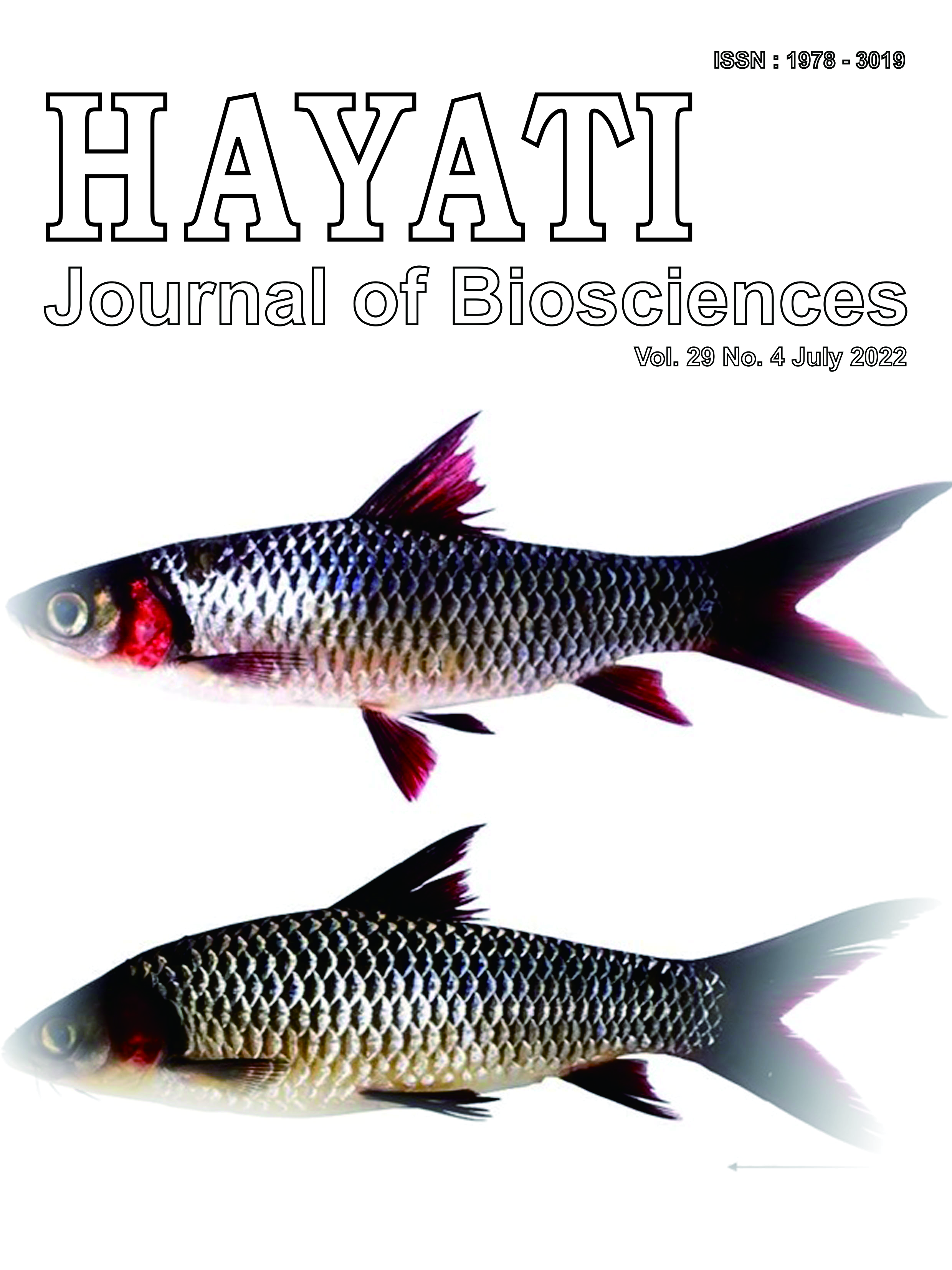Component Analysis of Propolis from Papua New Guinea
Abstract
Propolis is an aggregate of functional components found in plant resins and has been reported to exhibit valuable biological activities. This study investigated the components and antioxidant activity of propolis from Papua New Guinea. In component analysis, seven known compounds, 6-deoxyhaplopinol (1), 5-formylguaiacol (2), trans-caffeic acid (3), cis-caffeic acid (4), trans-ferulic acid (5), trans-p-coumaric acid (6), and L-kaempferitrin (7), were isolated and identified from Papua New Guinean propolis. The structure of 1 was confirmed by comparing the 13C NMR chemical shifts of the isolated and synthesized compounds. Based on component analysis, Papua New Guinean propolis may be a new type of propolis. The EtOH extracts of Papua New Guinean propolis exhibited antioxidant activity comparable to that of Baccharis and Populus propolis. This study demonstrated the potential of Papua New Guinean propolis in human health maintenance.
Downloads
Copyright (c) 2022 Ryo Miyata, Mikina Matsui, Shigenori Kumazawa

This work is licensed under a Creative Commons Attribution-NonCommercial 4.0 International License.
HAYATI J Biosci is an open access journal and the article's license is CC-BY-NC. This license lets others distribute, remix, tweak, and build upon author's work, as long as they credit the original creation. Authors retain copyright and grant the journal/publisher non exclusive publishing rights with the work simultaneously licensed under a https://creativecommons.org/

























.png) IPB University
IPB University Department of Biology
Department of Biology The Indonesian Biological Society
The Indonesian Biological Society 

